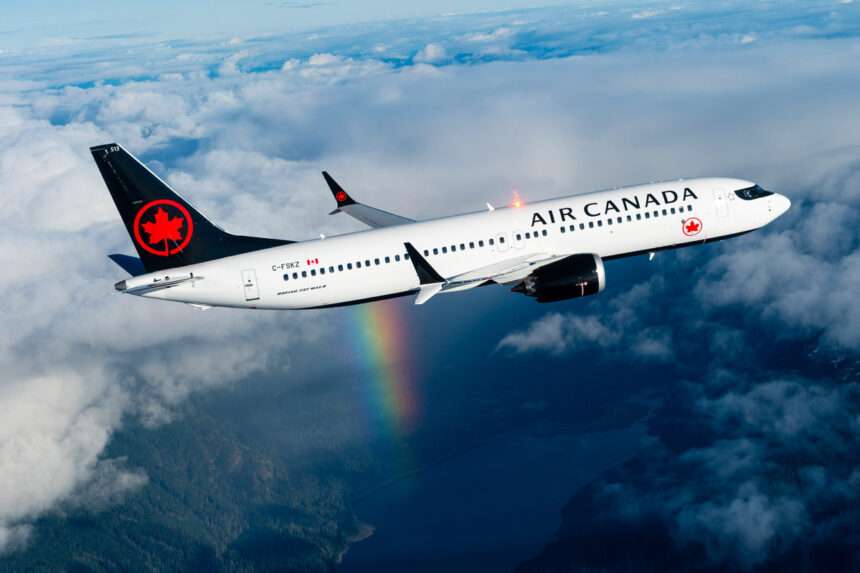The Lufthansa Group is taking a proactive step towards sustainability with the introduction of an Environmental Cost Surcharge.
This surcharge aims to offset the rising costs associated with stricter environmental regulations, ultimately paving the way for a more sustainable future for air travel.
A Growing Regulatory Landscape
The impetus behind the Environmental Cost Surcharge lies in a wave of environmental regulations.
The European Union’s (EU) “Fit for 55” program mandates a minimum two percent blend of Sustainable Aviation Fuel (SAF) in flights departing from EU member states starting January 1, 2025.
This represents a significant shift from traditional jet fuel, offering a more environmentally friendly alternative.
Additionally, adjustments to the EU Emissions Trading System (EU ETS) and international programs like CORSIA (Carbon Offsetting and Reduction Scheme for International Aviation) further contribute to the rising costs for airlines striving for greener skies.
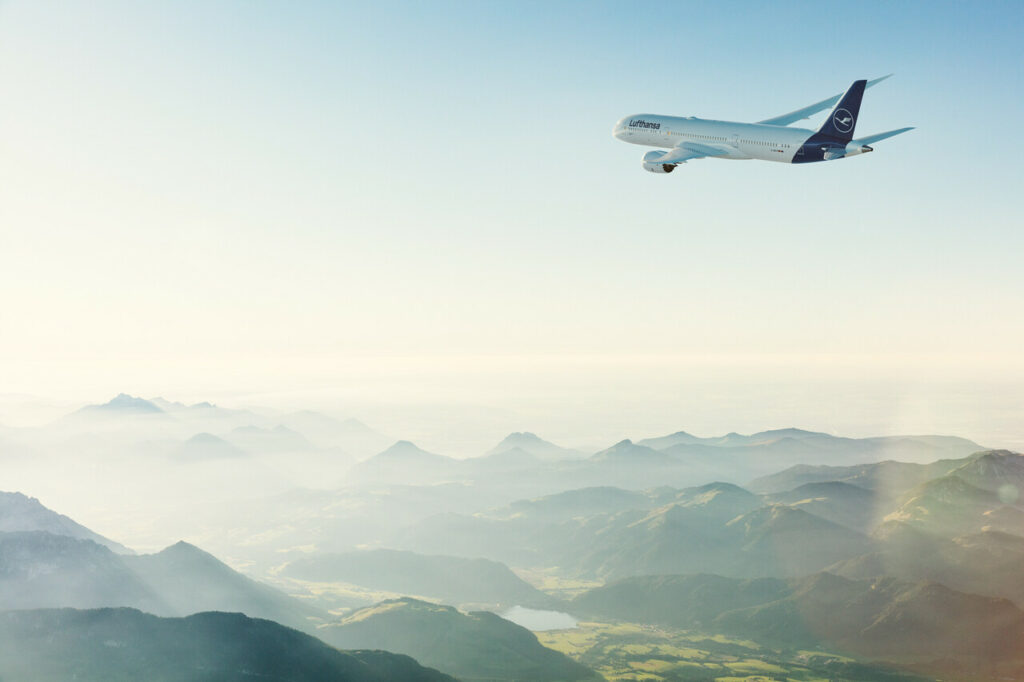
Balancing Sustainability with Affordability: Impact on Travelers
The Environmental Cost Surcharge will apply to all Lufthansa Group flights departing from a broader region encompassing the 27 EU countries, the United Kingdom, Norway, and Switzerland.
Travelers can expect a surcharge ranging from €1 to €72, depending on the specific route and fare class.
This fee will be levied on all tickets issued from June 26, 2024, for flights departing on or after January 1, 2025.
The exact surcharge amount will be transparently displayed during the booking process, allowing travelers to make informed choices.
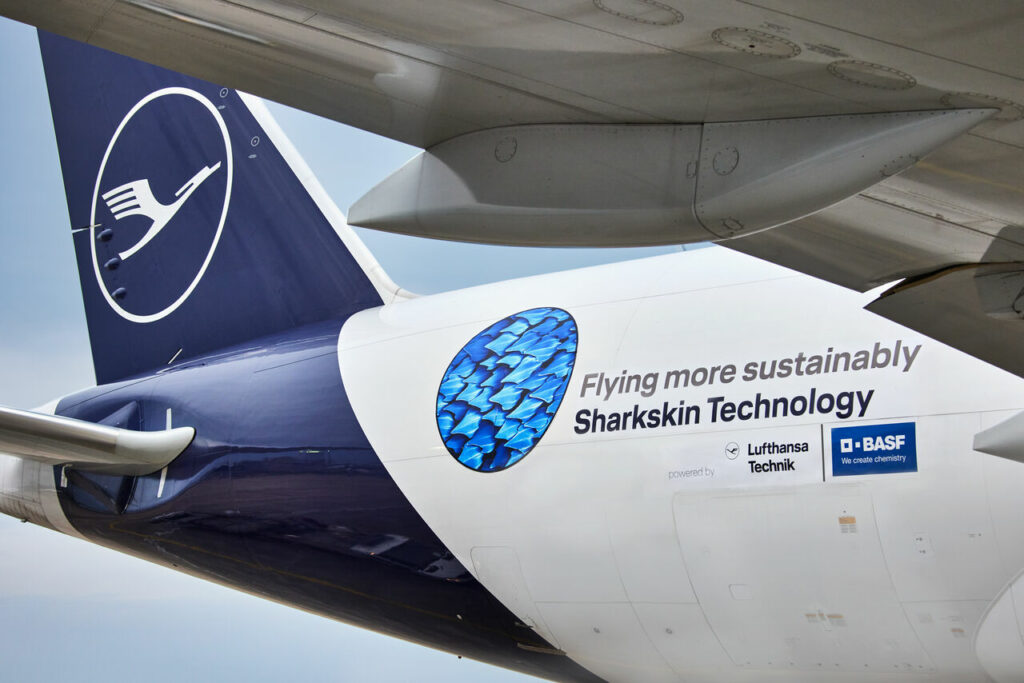
Lufthansa Group and Sustainability
The Environmental Cost Surcharge is just one piece of the puzzle in the Lufthansa Group’s comprehensive sustainability strategy.
The Group remains dedicated to achieving carbon neutrality by 2050, a bold and ambitious goal. To realize this vision, they have set a target of halving their net CO₂ emissions compared to 2019 levels by 2030. This is multi-pronged approach and includes several key strategies.
Fleet Modernization
Investing in newer, more fuel-efficient aircraft is a cornerstone of the Group’s strategy. Modern planes emit less CO₂ per passenger, significantly reducing their environmental impact.
Flight Operation Optimization
Utilizing innovative flight planning techniques and air traffic management systems allows for shorter routes, smoother operations, and ultimately, less fuel consumption.
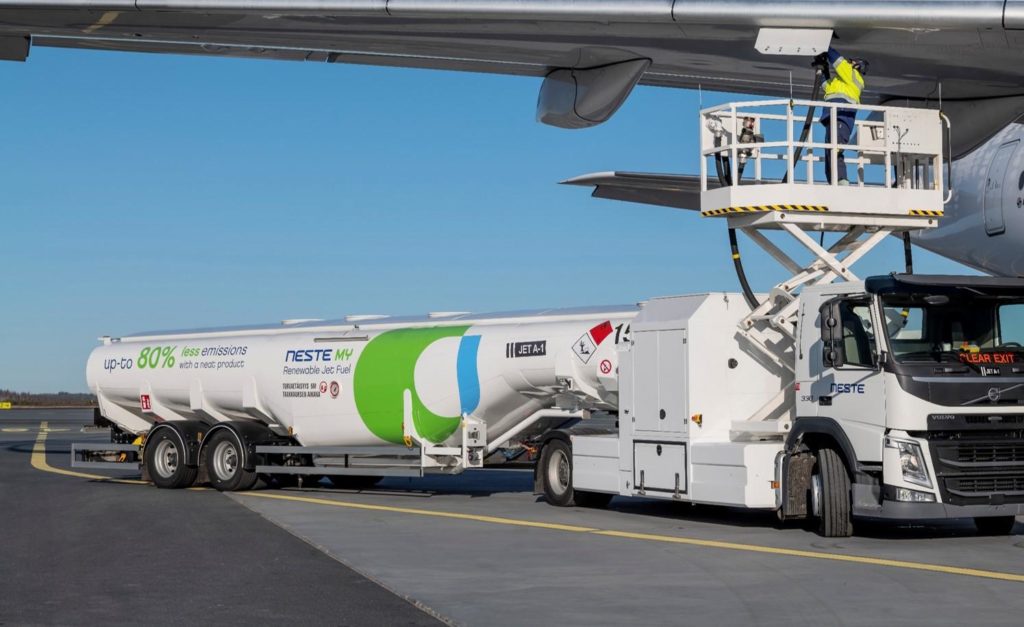
Sustainable Aviation Fuel (SAF)
The Lufthansa Group actively advocates for the development and wider adoption of SAF. This cleaner-burning fuel offers a significant reduction in lifecycle CO₂ emissions compared to traditional jet fuel.
Empowering Sustainable Choices
The Group recognizes the importance of passenger and corporate participation in achieving sustainability goals.
They offer programs that allow passengers on Lufthansa flights to offset their carbon footprint through various initiatives. Additionally, they collaborate with businesses to develop sustainable cargo transportation solutions.
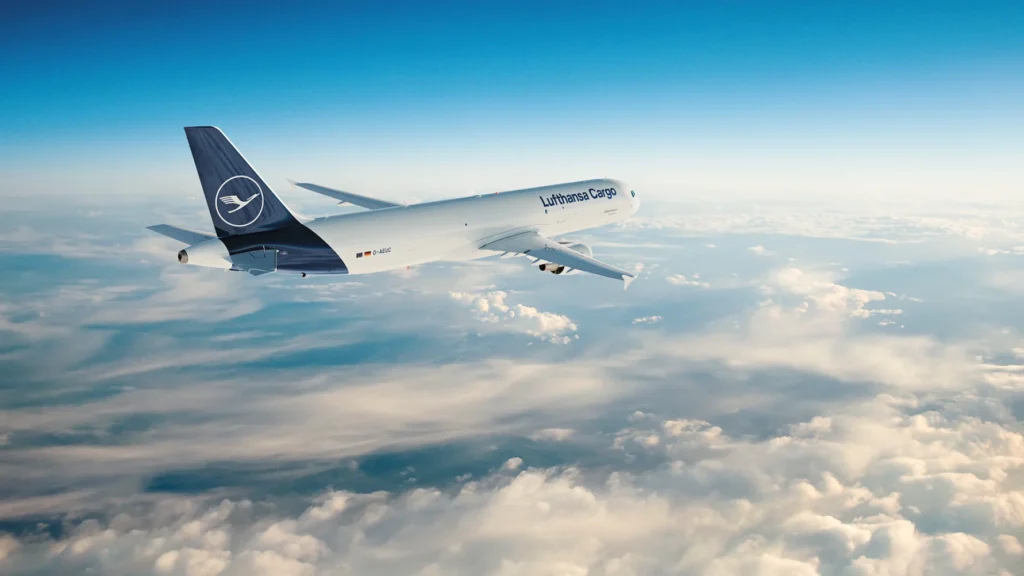
Understanding the Regulatory Landscape
For a deeper understanding of the rising costs prompting the Environmental Cost Surcharge, let’s delve into the key environmental regulations shaping the aviation industry:
- EU SAF Quotas: As mentioned earlier, the EU’s “Fit for 55” program mandates a gradual increase in SAF blending, reaching 70% by 2050.
While this shift is crucial for long-term sustainability, it presents a significant cost challenge for airlines in the near future.
- EU Emissions Trading System (EU ETS): Established in 2012, the EU ETS controls CO₂ emissions within the European Economic Area (EEA) through a certificate trading system.
Airlines must acquire and surrender allowances based on their emissions, creating a financial incentive to reduce their carbon footprint.
Similar programs operate in Switzerland (CH-ETS) and the UK (UK-ETS) for flights between these regions and the EEA.
- CORSIA: This international program was established by the International Civil Aviation Organization (ICAO) in 2016.
CORSICA offsets CO₂ emission growth in international aviation by requiring airlines to purchase certificates since 2021.
This scheme covers emissions exceeding a baseline established by the ICAO, representing 85% of 2019 aviation emissions for the period 2024-2035.

The Bottom Line
The Lufthansa Group’s Environmental Cost Surcharge signifies a proactive approach towards a more sustainable future for air travel.
While it represents an additional cost for travelers on Lufthansa flights, it highlights the Group’s commitment to environmental responsibility and transparency.
By collaborating with regulatory bodies, fuel producers, and passengers alike, the aviation industry hopes to chart a course towards a greener future.

Click the banner to subscribe to our weekly newsleter.

Click the photo to join our WhatsApp channel so then you can stay up to date with everything going on in the aviation industry!








